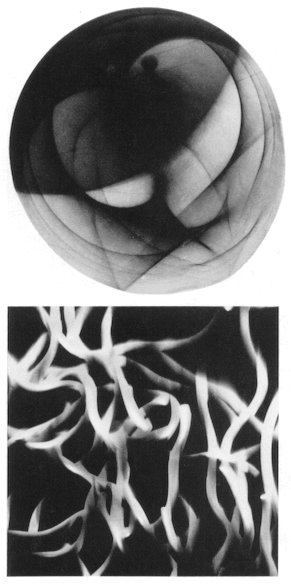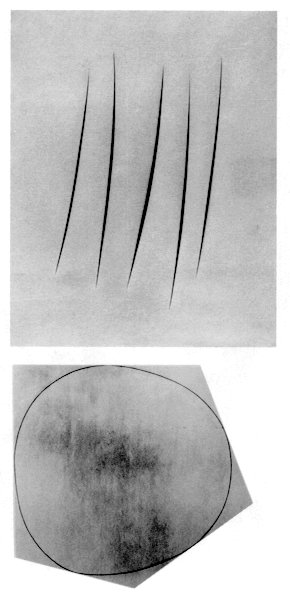4-- Application to art and
design
The sketches or rough sketch of Mattisse and Picasso
are really beautiful. The lines used there are vivid and natural. Especially,
when a human body is used as a motif, volume is richly expressed. At the
same time, a beautiful feeling of the body with life is vividly expressed
by the movement of the lines. A line drawn in one breath is fluent.
Arp skillfully handled shapes surrounded by flowing
free curves using a method which is different from that of Mattisse. Although
they are common in their simplicity, it is said that the shapes of Arp
have a feeling of primitive lives like an amoeba against the wealthy feeling
of Mattisse. There are unlimited examples of the free curves in the field
of design and fine arts.

665
666
|
|

667
668
|
|
NEXT
CONTENTS